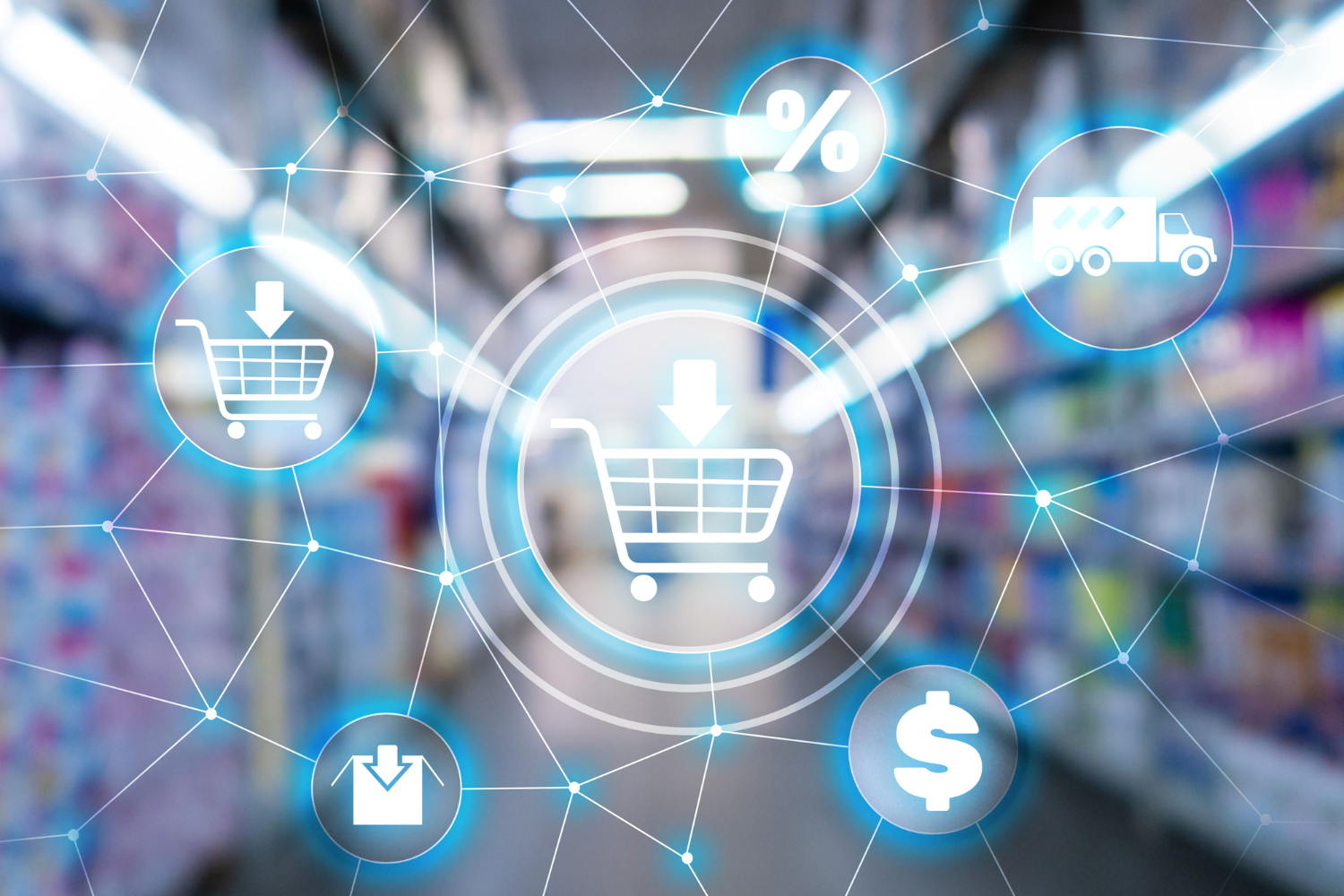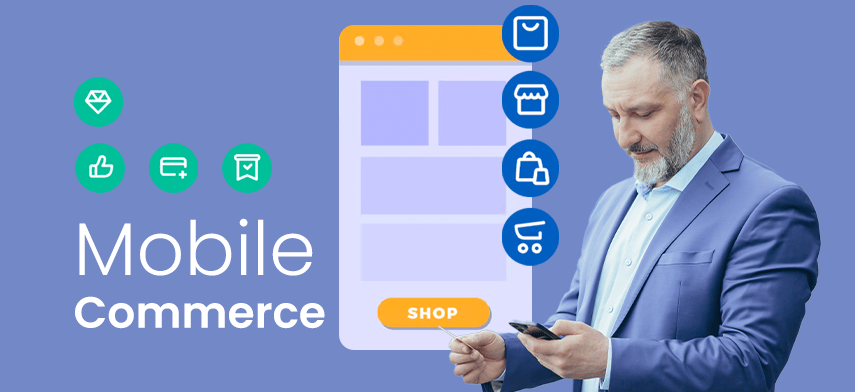Have you ever wondered how the online business community came to be established? Did you know that each time you buy or sell a product on the web, you’re taking part in the E-commerce economy? and Do you know the Future of E-commerce?
The E-commerce industry doesn’t only include Shopify, Amazon, etc., but rather even online banking, online courses you pay for, etc., come under the same category.
The E-commerce market is expected to grow by trillions of dollars by 2025. With increasing competition and growing privacy laws that limit ad targets. the industry is growing harder to succeed day by day.
There is a consistent growth in gaining a wider audience and more consumers every day. Be it for our grocery or a splurge on some product you wanted, there are no limits to this industry.
Some key factors you must consider if you want to succeed in the future of E-commerce include.
1. Using shoppable video advertisements on social media platforms
A video marketing strategy that is meant to attract consumers into clicking the ‘shop/buy here’ link. These shoppable videos create a unique experience for the consumer as a means of valuable content. And this is becoming part of the online shopping experience.
The videos must be short and meaningful. i.e., must resonate with the customers.
The use of link embeds leads to high click-through rates, which means higher traffic to one’s business website. Platforms such as Facebook and TikTok all use these tactics in order to gain traction. This is a current and growing future trend in online businesses.
Here’s why shoppable video ads are the future –
They are accessible through the content being watched, rather than having to go to a web page to shop for an item.
They provide engaging video content, similar to real-time interaction. It helps consumers see the product for what it is
Turns website/social media visitors into customers, enticing them to buy the product
2. Multi-channel customer support
Multi-channel support provides your customer with different online communication options for reaching out to them for complaints or reviews. This is integral for a good customer experience. It shows the retailer as supportive of the customer’s experience. And as an active business that aims to grow effectively through feedback. Some platforms include Email, social media, and live chatting.
By providing a FAQ page on the website, you can answer most questions that customers might have without having to tell many each time they ask.
However, this by itself will not be enough to cater to the queries of your customers that may be specific and left unanswered. Hence different platforms for reaching out are important to maintain a good relationship with your customers and show them that you care.
Customer satisfaction is intrinsic to the successful e-commerce industry.
3. Online product consumption is not to be limited to B2C products
Business to consumer refers to the selling of products to consumers via the internet without a middle person
In recent years, and predictably in the future, consumers have seemed to expand the range of things one would consider buying online. Since the pandemic, there has been growing reliance on online retail markets and, A digital transformation, one may call it. This gives your platform the world by confirming the success of the Future of E-Commerce.
4. The rising trend of business subscription models
The use of subscription models allows consumers to subscribe to products or services on a recurring basis.
Be it service-based or digital content, paying monthly for the same service is needed regularly. or subscription boxes, curated products provided on a schedule, all models usually have tiers of subscriptions based on affordability. This helps gather a wider audience interest in the model.
So, With e–commerce rapidly growing, in the Future of E-Commerce, subscriptions are becoming the new normal, maximizing retailer revenue and giving consumers what they want.
Benefits of using subscription-based pricing
Charging customers less at a time, over a long time, is more feasible than a one-time heavy price.
Customers are more likely to buy since they get the product immediately regardless of paying in installments.
Customers are more likely to trust a retailer that offers continuous business contact.
5. Omnichannel selling as the norm
Omnichannel E-commerce strategy focuses on providing a unified customer experience to a consumer regardless of shopping from the device or store.
This strategy helps retailers to drive more traffic and improve customer experience by providing further means of purchase.
It was found that 75 percent of consumers are more likely to visit a store they’ve come across on the web.
Having a strong physical store presence and an online digital presence, provide essentially the same experience. And it also helps create a trustable image and drive traffic through your business.
At the same time, this prioritizes the customer and increases operational efficiency and sales. With a digitized store and continuous consumer insight, the experience is fully immersive in both real life and the online world.



Recent Comments